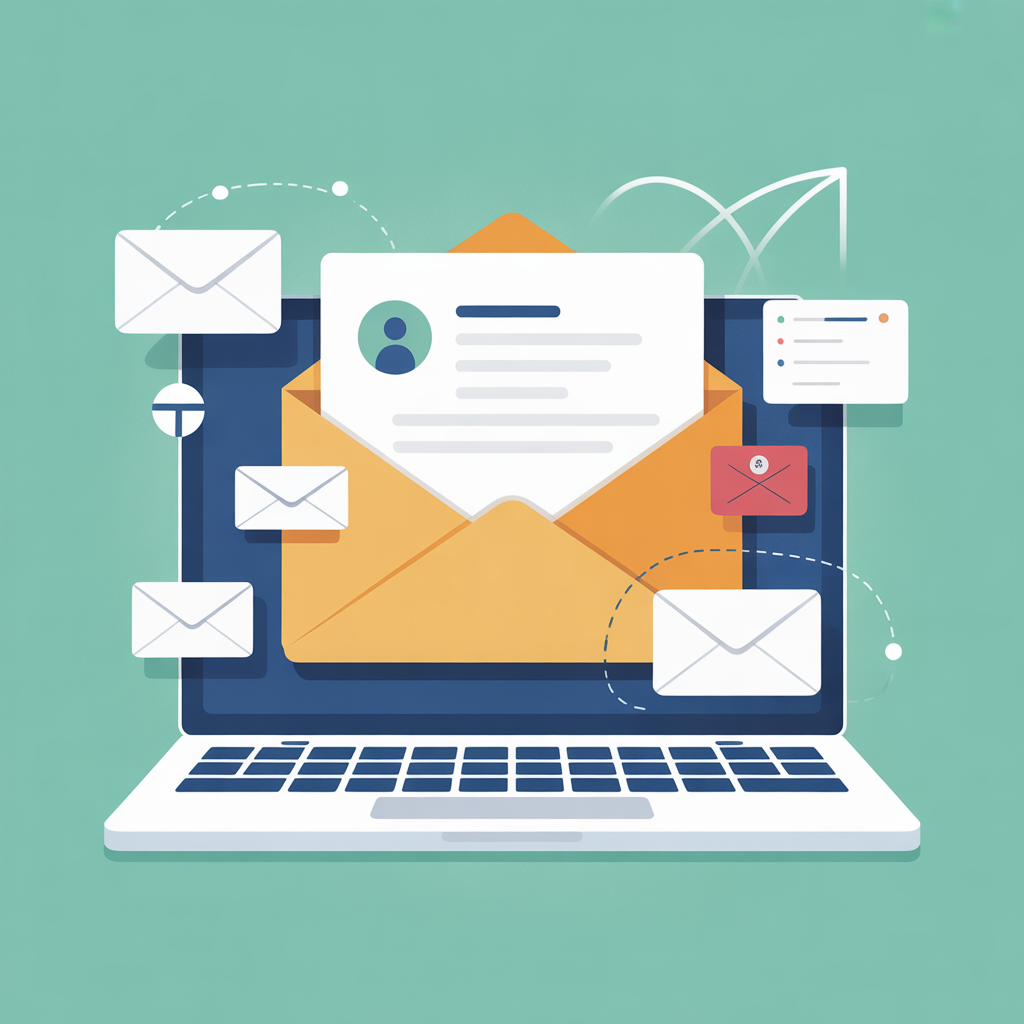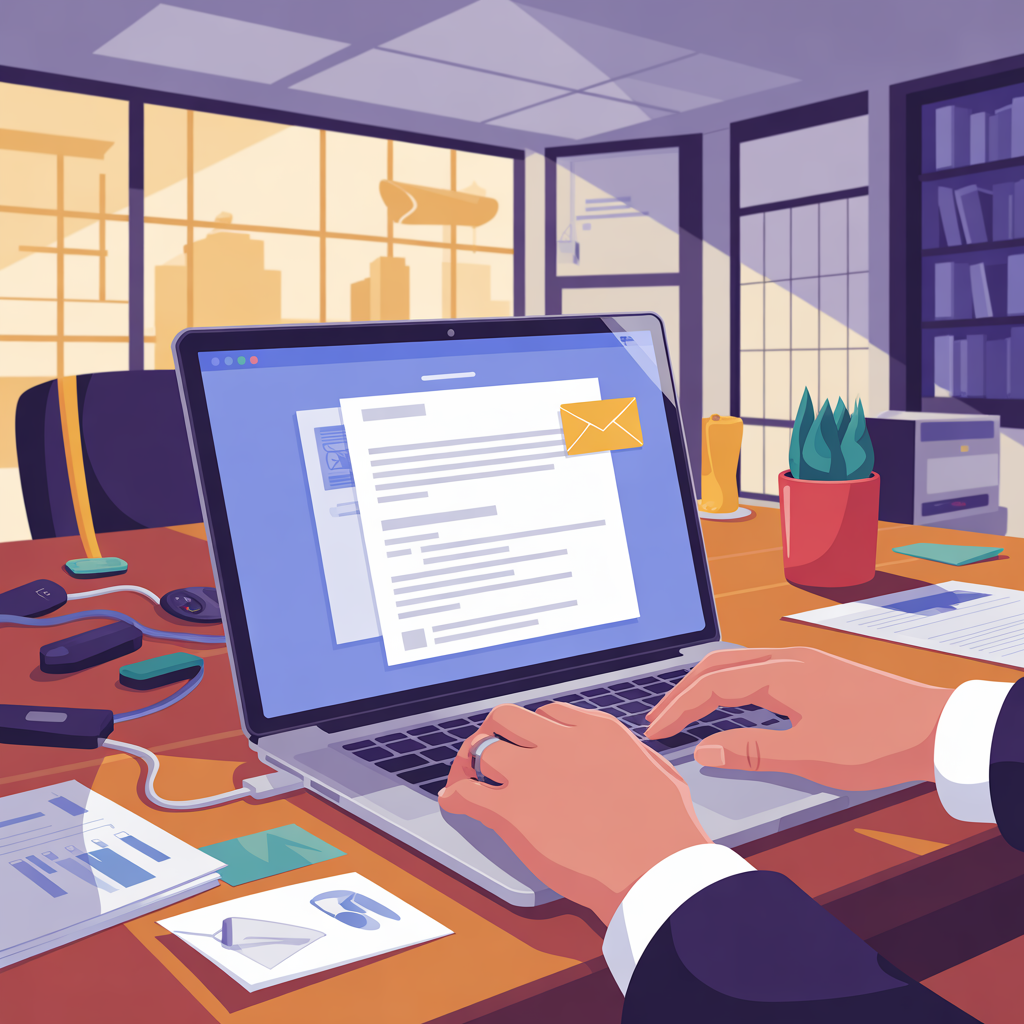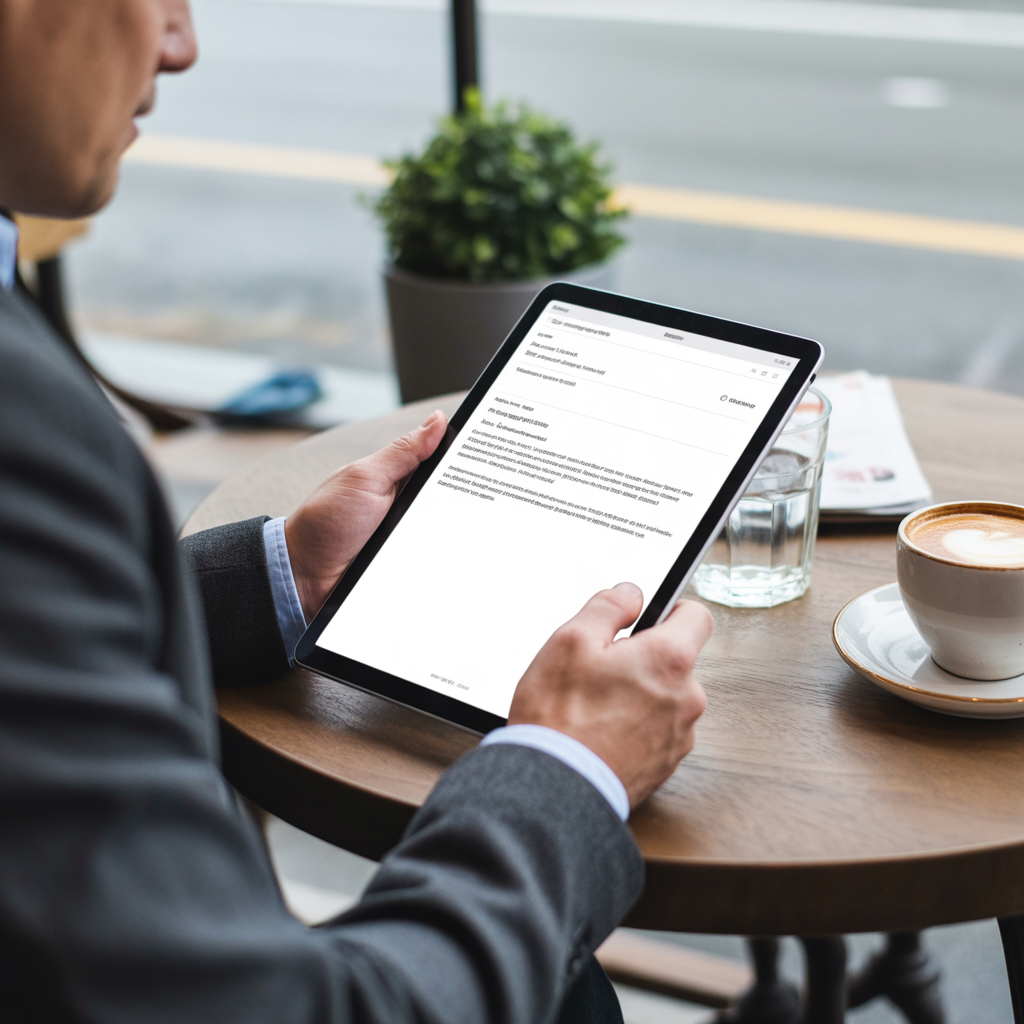In the age of digital communication, your emails represent your professionalism. Whether you’re applying for a job, sending a business proposal, or handling client communication, the way you write your email defines how seriously you’ll be taken.
A well-written email can open doors, build trust, and strengthen relationships — while a poorly written one can do the opposite.
This blog will guide you step by step on how to write professional emails that create impact — without relying on templates or automated tools.
1. Understand the Purpose Before You Write
Before typing your first word, ask yourself:
- What do I want to achieve with this email?
- Who am I writing to?
- What tone should I use?
Emails can have different purposes: requesting information, sending an update, making a complaint, or confirming a meeting. The tone and structure should match the purpose.
For example:
- A job application email must sound polite and formal.
- A follow-up email to a colleague can be friendly and concise.
Knowing your goal helps you stay clear and focused.
2. Use a Clear and Specific Subject Line
Your subject line is the first impression — make it count.
It should summarize the email’s purpose in a few words and motivate the recipient to open it.
✅ Good Examples:
- “Request for Meeting: Q4 Sales Strategy Review”
- “Invoice #2245 — Payment Confirmation Needed”
- “Follow-up on Product Quotation (Sent on Oct 5)”
❌ Bad Examples:
- “Hi”
- “Important”
- “Need your help ASAP”
A good subject line shows clarity, urgency, and professionalism.
3. Start with a Proper Greeting
Always start your email with a polite greeting — but adjust based on your relationship with the recipient.
Examples:
- Formal: “Dear Mr. Ali,” or “Dear Ms. Sarah,”
- Semi-formal: “Hello John,” or “Hi Sarah,”
- Casual (for colleagues or internal use): “Hey team,” or “Hi everyone,”
Avoid overly casual phrases like “Yo” or “Hey bro” in professional emails.
4. Keep Your Message Clear, Short, and Structured
A professional email should be easy to scan. Most people don’t read — they skim.
Structure your message in short paragraphs:
- Opening: State your reason for writing.
- Body: Add necessary details or background.
- Closing: Mention next steps or expected response.
Example:
“I hope you’re doing well.
I’m writing to confirm our meeting scheduled for Friday, October 12th, at 11:00 AM.
Please let me know if the time still works for you or if you’d prefer to reschedule.”
Short, polite, and clear.
5. Maintain a Polite and Professional Tone
Your tone defines how your message is received.
Always be respectful, even if you’re frustrated or dealing with a complaint.
Use softeners like:
- “Could you please…”
- “Would it be possible to…”
- “I’d appreciate your help with…”
Avoid sounding demanding or emotional — keep it calm and neutral.
6. Use Correct Grammar and Punctuation
Spelling or grammar mistakes can ruin your credibility.
Double-check everything before sending:
- Use punctuation marks correctly.
- Capitalize proper nouns.
- Avoid abbreviations like “u” instead of “you.”
Professionalism is reflected in your language accuracy.
7. Be Careful with Formatting
A messy email looks unprofessional.
Follow these simple rules:
- Use a standard font like Arial, Calibri, or Times New Roman.
- Keep font size between 11–12 pt.
- Avoid bright colors or fancy signatures.
- Use bullet points or numbering for lists.
Formatting shows attention to detail — a key quality in professional communication.
8. Add a Clear Call to Action (CTA)
Every email should end with what you expect next — a call to action.
Examples:
- “Please confirm the delivery schedule by tomorrow.”
- “Kindly review the attached proposal and share your feedback.”
- “Let me know your availability for a quick call.”
Without a CTA, your email might not get a response at all.
9. Close Your Email Politely
Always end with a courteous closing line and signature.
Example closings:
- “Best regards,”
- “Kind regards,”
- “Sincerely,”
- “Warm wishes,”
Then, include your:
- Full name
- Job title
- Company name
- Contact information
This gives a complete and professional impression.
10. Review Before You Hit Send
Before pressing “Send,” take one minute to review:
- Have you attached all necessary files?
- Is your tone respectful?
- Did you spell the recipient’s name correctly?
- Is the subject line relevant?
A quick review can prevent embarrassing mistakes and missed opportunities.
11. Common Mistakes to Avoid
Here are a few habits to avoid in professional email writing:
- Writing long, unstructured paragraphs.
- Using too many exclamation marks!!!
- Replying to all unnecessarily.
- Forgetting attachments.
- Using humor or sarcasm — it may be misunderstood.
Professionalism means clarity, respect, and simplicity.
12. Final Thoughts
Writing effective emails is not about fancy words — it’s about clear communication and empathy.
When your message respects the reader’s time and purpose, it creates a positive professional image.
The key to mastering email writing lies in practice and mindfulness — think before you write, and always aim to make the reader’s job easier.
If your emails are clear, polite, and purposeful, they’ll always get noticed — and remembered.


